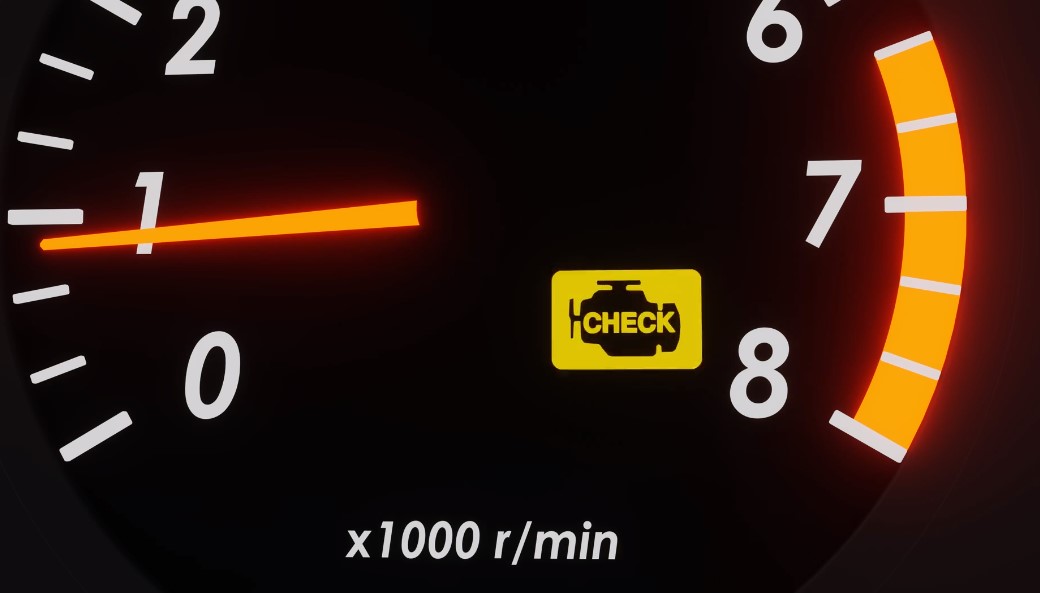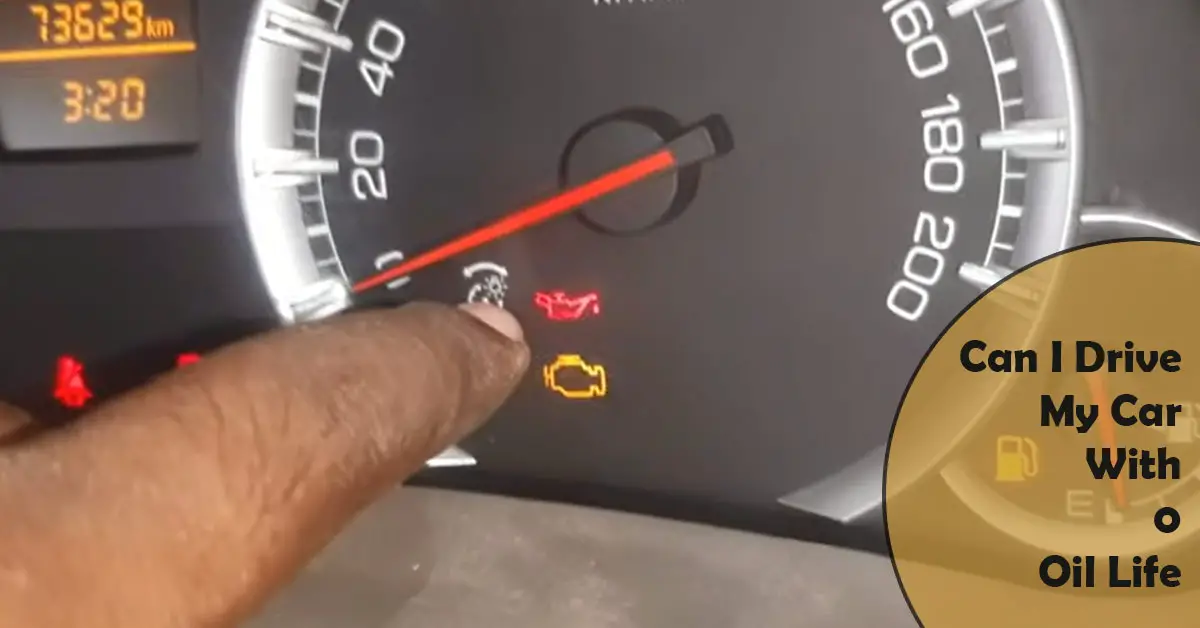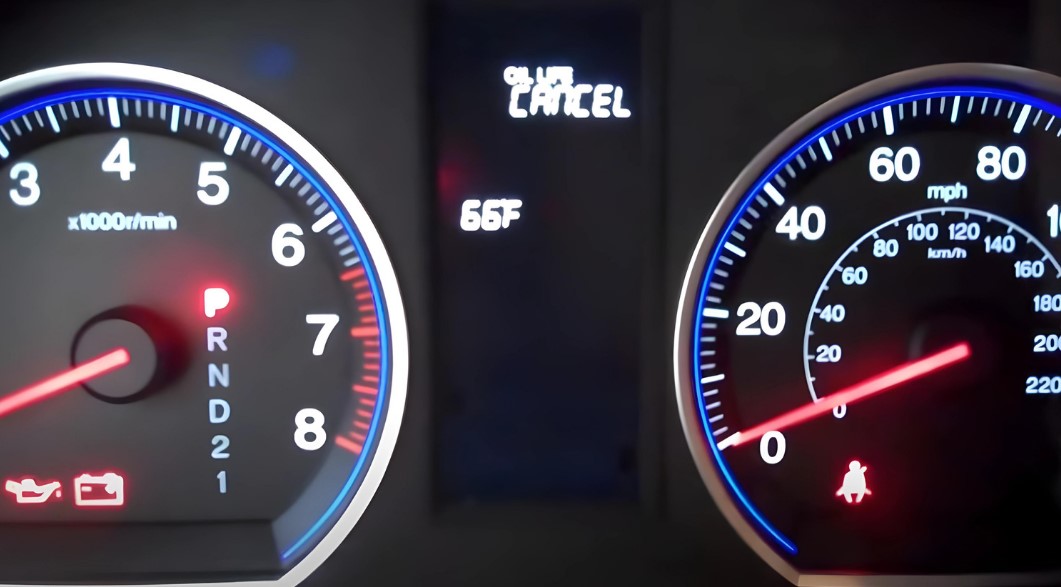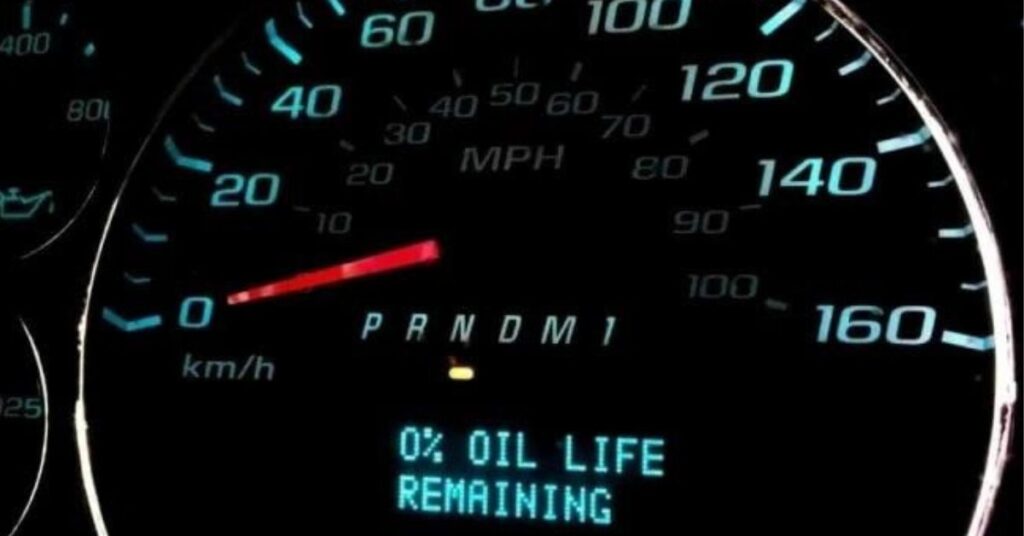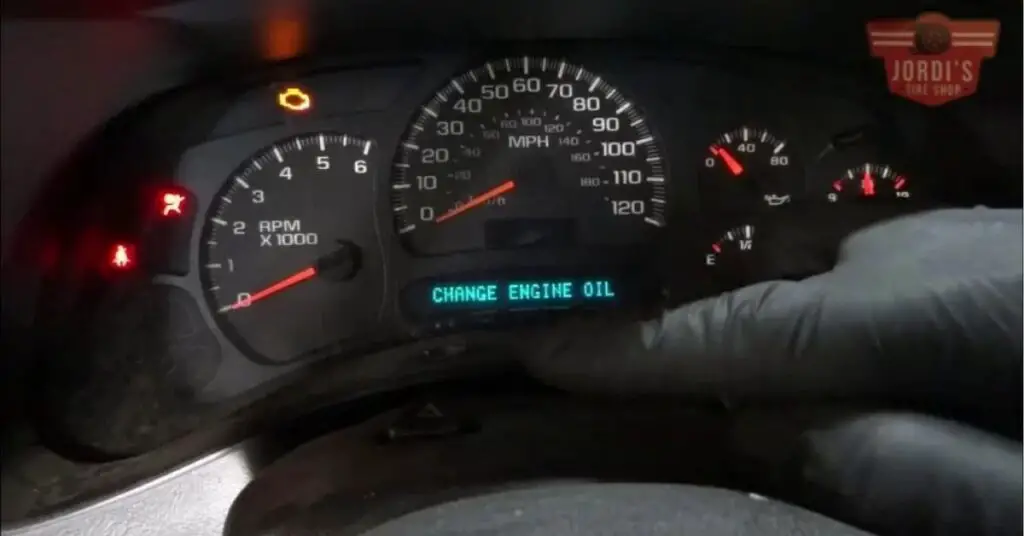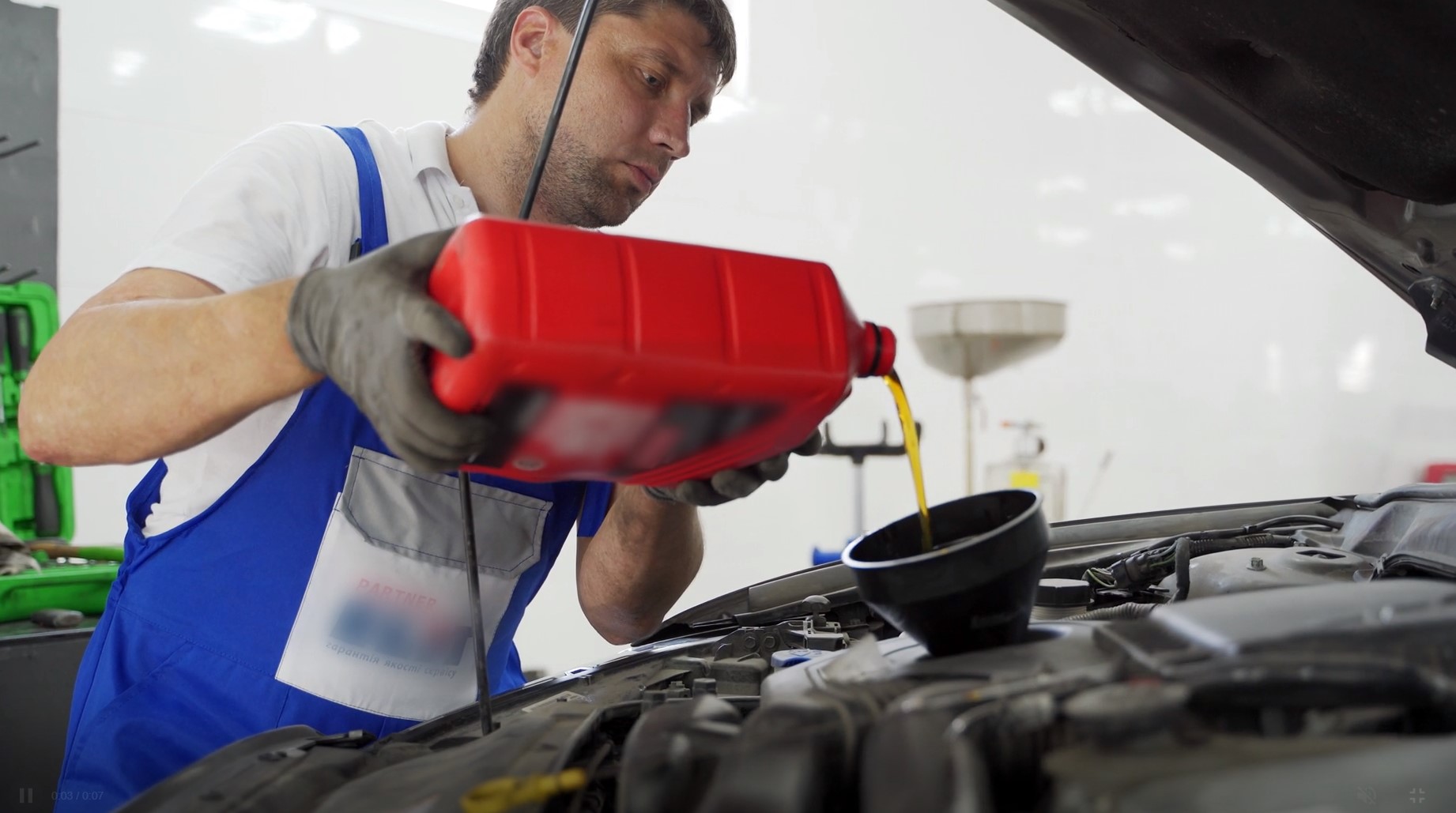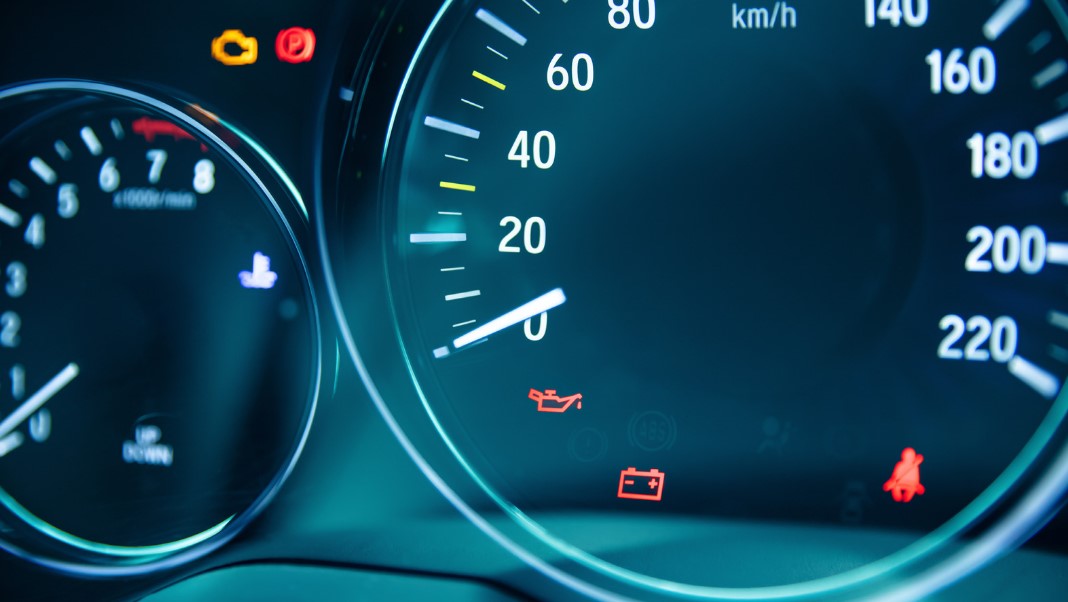Can You Drive On 0 Oil Life
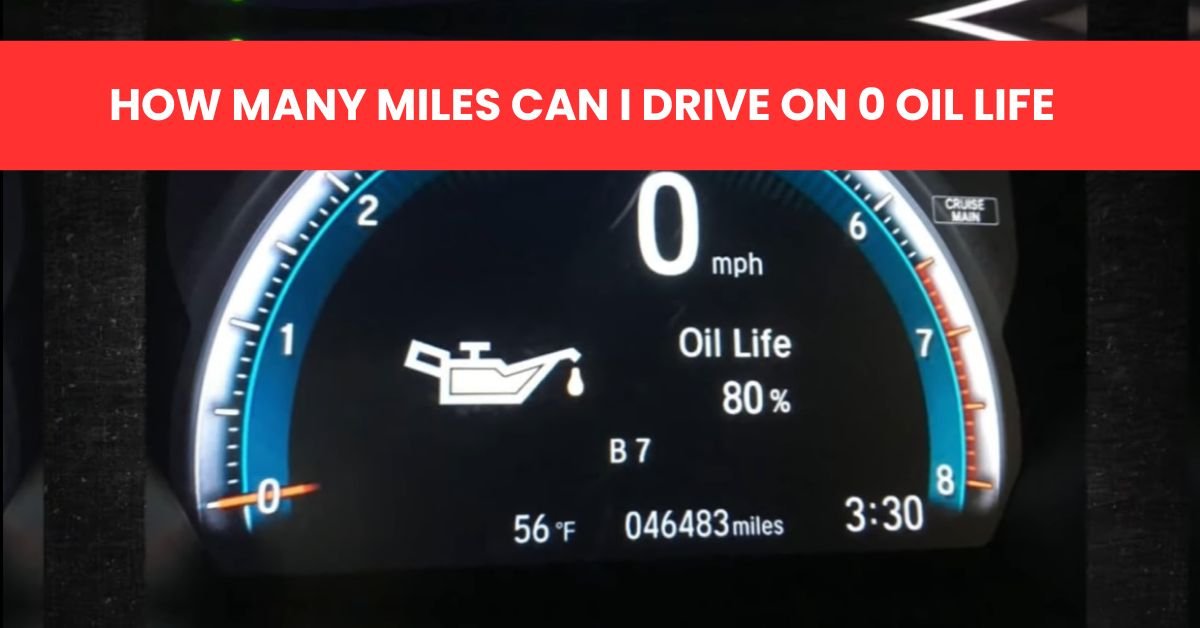
The dashboard flashes a stark warning: "Oil Life 0%." A knot forms in your stomach. Is it just an annoying reminder, or a genuine threat to your vehicle's lifeblood? Ignoring this message could lead to catastrophic engine failure, turning a minor inconvenience into a major financial burden.
This article delves into the crucial question of whether you can drive on 0% oil life, exploring the potential risks, the science behind oil degradation, and expert advice on how to properly maintain your engine's lubrication. We'll examine what "oil life" actually represents, separate fact from fiction, and provide actionable insights to keep your car running smoothly for years to come. Understanding these factors is critical for every car owner who wants to avoid costly repairs and ensure their vehicle's longevity.
Understanding Oil Life Monitoring Systems
Modern vehicles are equipped with sophisticated Oil Life Monitoring Systems (OLMS). These systems don't directly measure oil level or quality but rather use complex algorithms.
These algorithms take into account factors like driving habits, engine temperature, mileage, and time to estimate the oil's remaining useful life. The "oil life" percentage displayed on your dashboard is an estimate based on these calculations, not a definitive measurement of oil quality.
The Algorithm vs. Reality
While OLMS are generally reliable, they are not infallible. Aggressive driving, frequent short trips, or extreme temperatures can accelerate oil degradation beyond what the system predicts.
In these conditions, the actual oil quality might be significantly lower than the indicated percentage. Therefore, relying solely on the OLMS without performing regular checks can be risky.
The Dangers of Neglecting Oil Changes
Engine oil serves several critical functions, including lubricating moving parts, cooling the engine, and cleaning away debris. As oil degrades, it loses its viscosity and ability to perform these functions effectively.
Driving with degraded oil can lead to increased friction, heat buildup, and accelerated wear on engine components. Insufficient lubrication can cause significant damage to critical engine parts like bearings, pistons, and connecting rods.
Overheating is a common consequence of poor oil condition. This can lead to warped cylinder heads, damaged gaskets, and ultimately, complete engine failure.
Expert Opinions and Recommendations
Mechanics overwhelmingly advise against routinely driving on 0% oil life. "Waiting until the last minute, or even beyond, to change your oil is like playing Russian roulette with your engine," warns John Peterson, a certified master mechanic with over 20 years of experience. "It's simply not worth the risk."
The American Automobile Association (AAA) recommends following your vehicle manufacturer's recommended oil change intervals. They also suggest checking your oil level and condition regularly, even with an OLMS.
Most manufacturers recommend changing your oil every 5,000 to 7,500 miles under normal driving conditions, but this can vary. Refer to your owner's manual for the specific recommendations for your vehicle.
Real-World Consequences
The consequences of ignoring oil change reminders can be severe. Engine repairs or replacements are costly, often running into thousands of dollars.
"We see it all the time," says Maria Sanchez, service manager at a busy auto repair shop. "People ignore the oil light, and then they're facing a massive repair bill because their engine is completely shot."
Moreover, neglecting oil changes can void your vehicle's warranty. Many warranties require proof of regular maintenance to remain valid.
What To Do When The Warning Appears
If your car displays a 0% oil life warning, do not panic. It doesn't necessarily mean your engine is about to explode.
However, it does mean you should schedule an oil change as soon as possible. Avoid any long trips or aggressive driving until the oil is changed.
Check your oil level manually using the dipstick. If the level is low, add oil to bring it up to the recommended level.
Beyond the Dashboard: Regular Oil Checks
Even with a functioning OLMS, it's essential to perform regular visual inspections of your oil. Use the dipstick to check the oil level and condition at least once a month.
The oil should be amber or light brown in color. Dark, sludgy oil indicates degradation and a need for an immediate oil change.
Also, look for any metallic flakes or particles in the oil, which can signal internal engine wear.
Synthetic vs. Conventional Oil
The type of oil you use can also affect its longevity and performance. Synthetic oils generally offer superior protection and last longer than conventional oils.
Synthetic oils are formulated to withstand higher temperatures and resist breakdown better than conventional oils. They are often recommended for vehicles that experience heavy use or operate in extreme conditions.
However, synthetic oils are typically more expensive. Consult your owner's manual to determine the recommended oil type for your vehicle.
The Future of Oil Monitoring
Advancements in technology are leading to more sophisticated oil monitoring systems. Some manufacturers are developing systems that directly measure oil quality and viscosity.
These systems promise to provide more accurate and reliable indications of oil condition. This could potentially extend oil change intervals while maintaining optimal engine protection.
Ultimately, the future of oil monitoring is moving towards more precise and proactive systems. This will help drivers avoid costly engine repairs and maximize their vehicle's lifespan.
Conclusion
While driving on 0% oil life for a short period might not immediately destroy your engine, it's a risky gamble with potentially severe consequences. Regularly check your oil level, adhere to recommended maintenance schedules, and consult with a qualified mechanic for personalized advice. Proactive maintenance is key to ensuring your engine’s health and longevity, saving you money and headaches in the long run. Don't treat your engine like a machine that can take a beating; treat it like the heart of your vehicle, because that is exactly what it is.
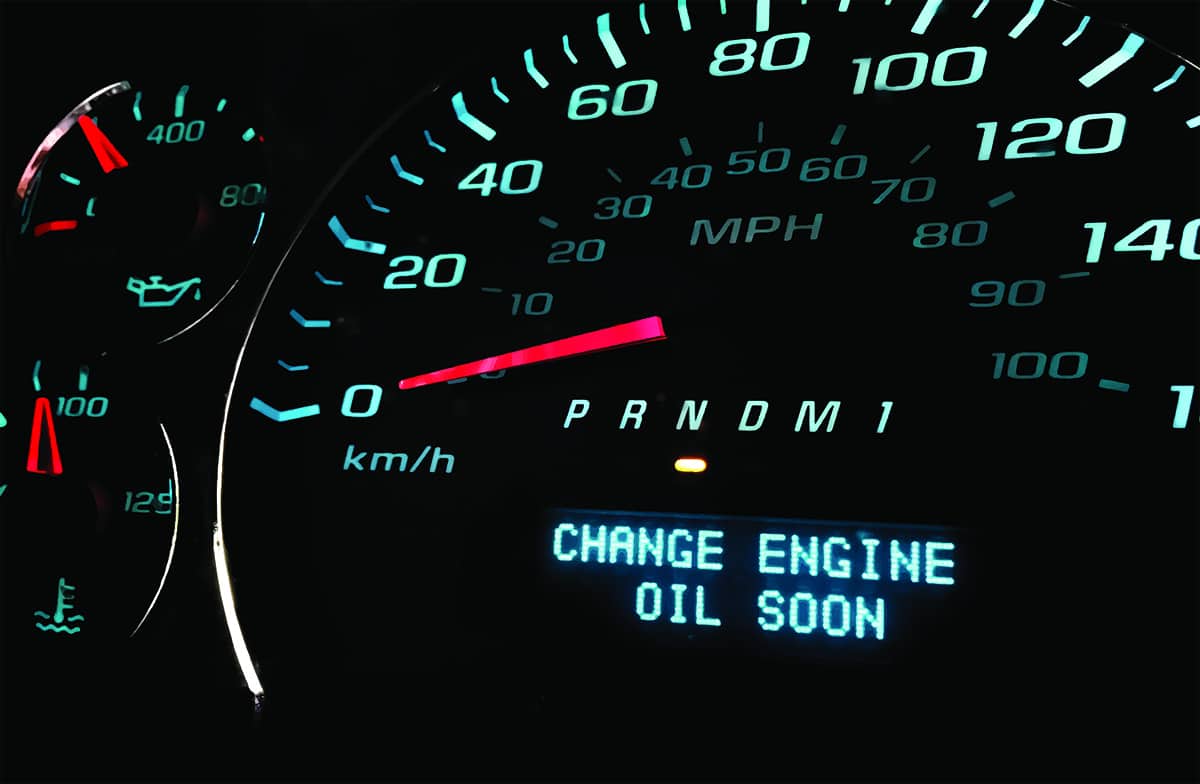

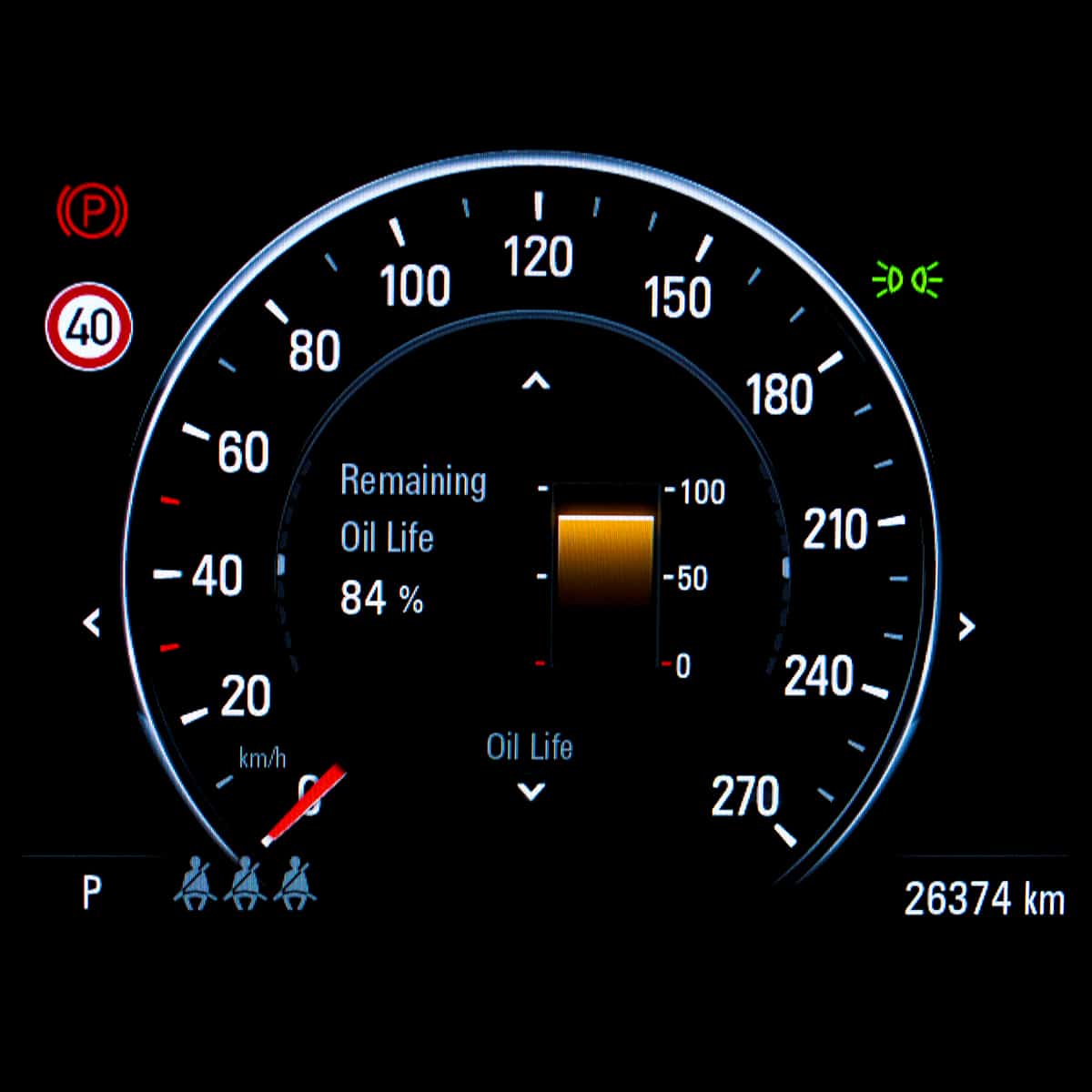
![Can You Drive On 0 Oil Life [ANSWERED] Can I Drive My Car With 0% Oil Life? Meaning & Causes](https://carstale.com/wp-content/uploads/0-oil-life.jpg)
![Can You Drive On 0 Oil Life [ANSWERED] Can I Drive My Car With 0% Oil Life? Meaning & Causes](https://carstale.com/wp-content/uploads/drive-car-with-0-oil-life-1024x768.jpeg)
